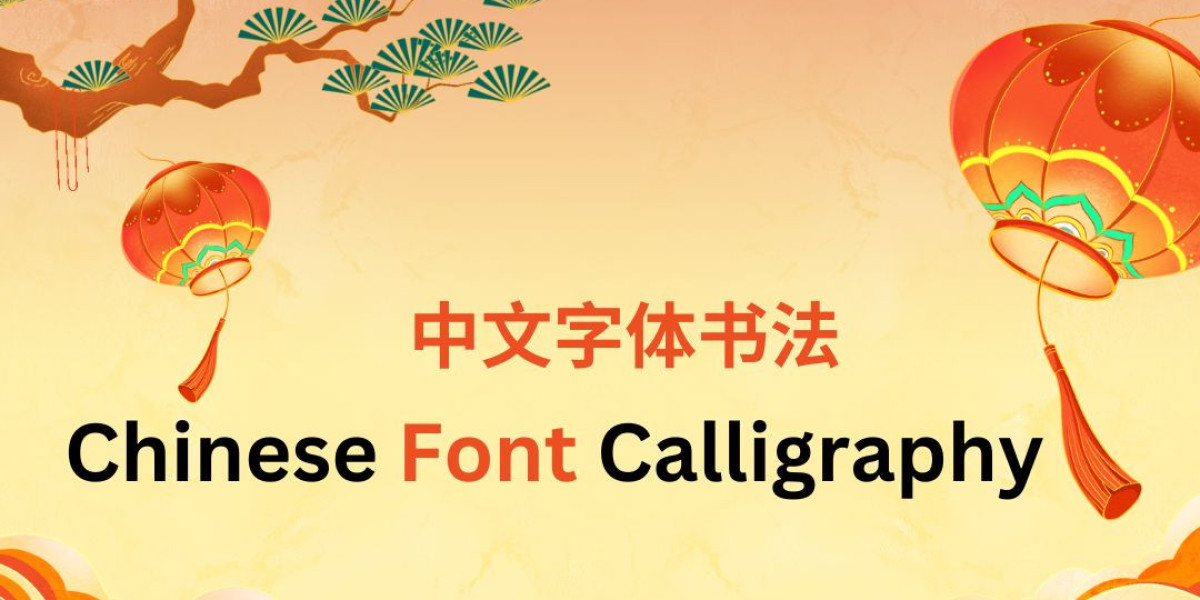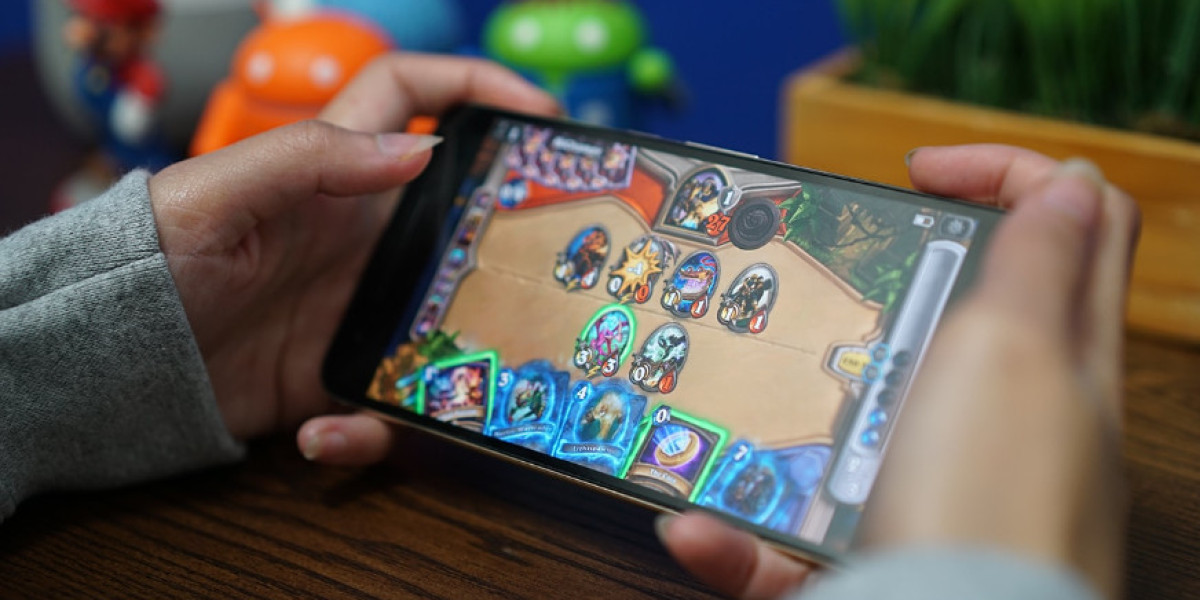In the vast landscape of design, few artistic elements carry the weight, history, and innate beauty of chinese font calligraphy. For centuries, it has been the ultimate expression of Chinese culture, philosophy, and individuality—a dance of brush and ink where every stroke reveals the artist's emotion and skill. Today, this ancient art is undergoing a profound transformation, moving from the rice paper of the scholar's studio to the digital screens of global designers. The bridge between this revered tradition and modern technology is the sophisticated digital Chinese calligraphy font.
For a platform like China Art Hub, which sits at the crossroads of traditional art and contemporary expression, understanding this evolution is key. Chinese calligraphy fonts are not merely digitized versions of old masters' work; they are meticulous digital recreations that capture the soul of the brushstroke. Type designers spend countless hours analyzing the flow of ink, the variation in line weight (from thin "bones" to thick "flesh"), and the dynamic energy (qiyun) of hand-brushed characters. The goal is to preserve the artistic essence while providing the functionality and scalability required for everything from luxury branding to mobile app interfaces.
The impact of these fonts on global design is undeniable. They offer brands an instantaneous connection to values of authenticity, heritage, and sophistication. A well-chosen calligraphy font can elevate a product's packaging, suggest elegance for a high-end hotel, or add a layer of cultural depth to a music album's artwork. It’s a way to say "craftsmanship" and "narrative" without using a single word.
However, with this power comes a significant responsibility—one that China Art Hub champions. The use of Chinese calligraphic fonts must be informed and respectful. Unlike purely decorative Latin scripts, each Chinese character is a complex, meaning-laden symbol. The choice of font is critical.
Choosing the Right Style: Selecting a font isn't just about aesthetics; it's about matching the tone of the content to the history of the calligraphic style. A bold and powerful Zhuànshū (Seal Script) might be perfect for a institution's seal or a logo, but illegible for body text. The elegant and common Kǎishū (Regular Script) offers clarity and readability, making it a versatile choice for digital content. The expressive and fluid Xíngshū (Running Script) or Cǎoshū (Cursive Script) are magnificent for headlines and artistic projects but require careful use to maintain legibility.
Cultural Nuance Matters: Using a frantic Cǎoshū font for a somber financial report would be as culturally dissonant as using Comic Sans for a legal document. The font must harmonize with the message.
For designers and brands looking to engage with the Chinese market or simply infuse their work with unparalleled artistry, partnering with experts is crucial. This is where a deep resource like China Art Hub proves invaluable. It’s not just about providing a font file; it's about providing the context, the history, and the guidance to use it correctly.
In conclusion, the digital Chinese calligraphy font is more than a typeface—it's a vessel for one of the world's greatest art forms. It allows a new generation of creators to harness the spirit of the brush and the wisdom of centuries, ensuring that this profound cultural treasure not only survives but thrives and inspires on a global, digital stage. The revolution isn't coming; it's already here, flowing from the tip of a digital brush.








